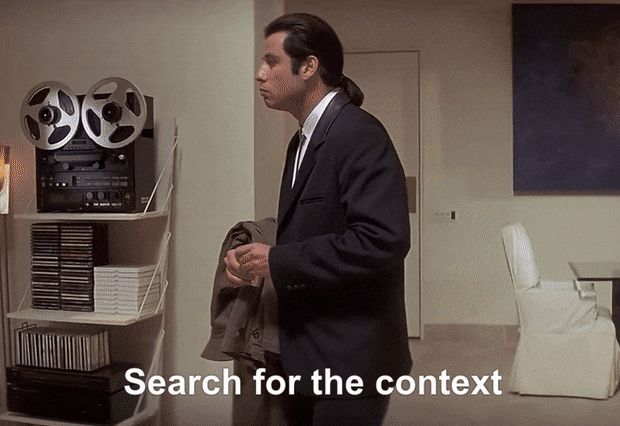In the design course I teach at the College for Creative Studies, I start the semester with a bit of advice for my students: get off of Dribbble and Behance and similar sites – at least for now.
Why? Because it's mostly eye candy. Over-indexing on the portfolios of other designers can easily lead to unrealistic expectations (and unfair comparisons) in your own thinking. There are throngs of designers whose work is aesthetically pleasing and technically impressive. Appreciating the nuances of their work certainly has some merit. But, to judge if a piece is successful or not you must consider the context of how it was created.
- Who is the audience or customer?
- What is the problem to be solved?
- What are the limitations (budget, timeframe, resources)?
- What are the client's expectations?
- What is the business problem?
- Does it bring value to the client?
It's hard to evaluate design in a vacuum. Design is a visual solution that lives within the context of a larger framework and must be appreciated as such.
Instead of assessing or emulating design solely on the aesthetics, work towards becoming a problem-solver first. Evaluate your own work in context of the totality of the project. That will drive better solutions both strategically and visually.


No comments.